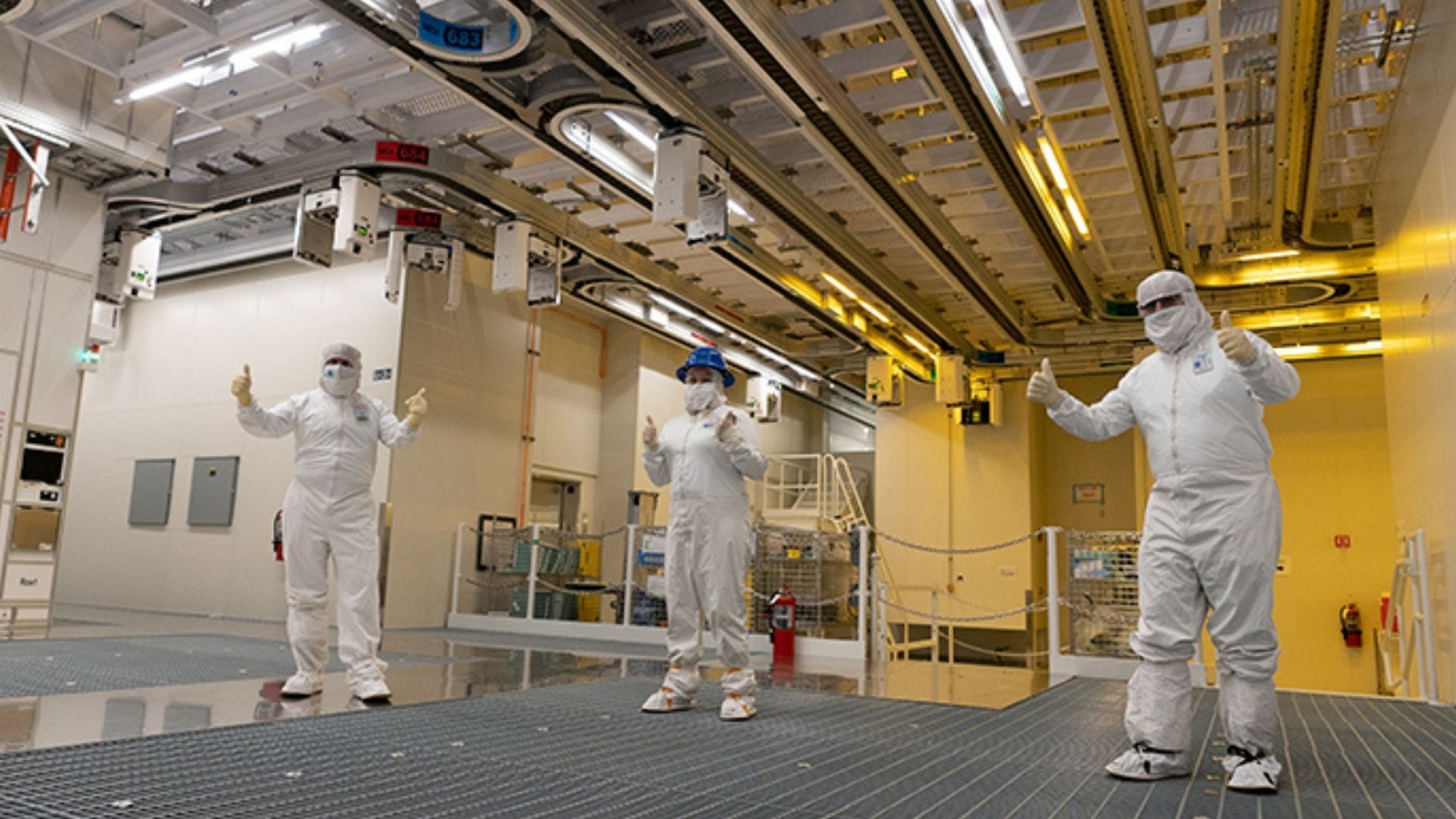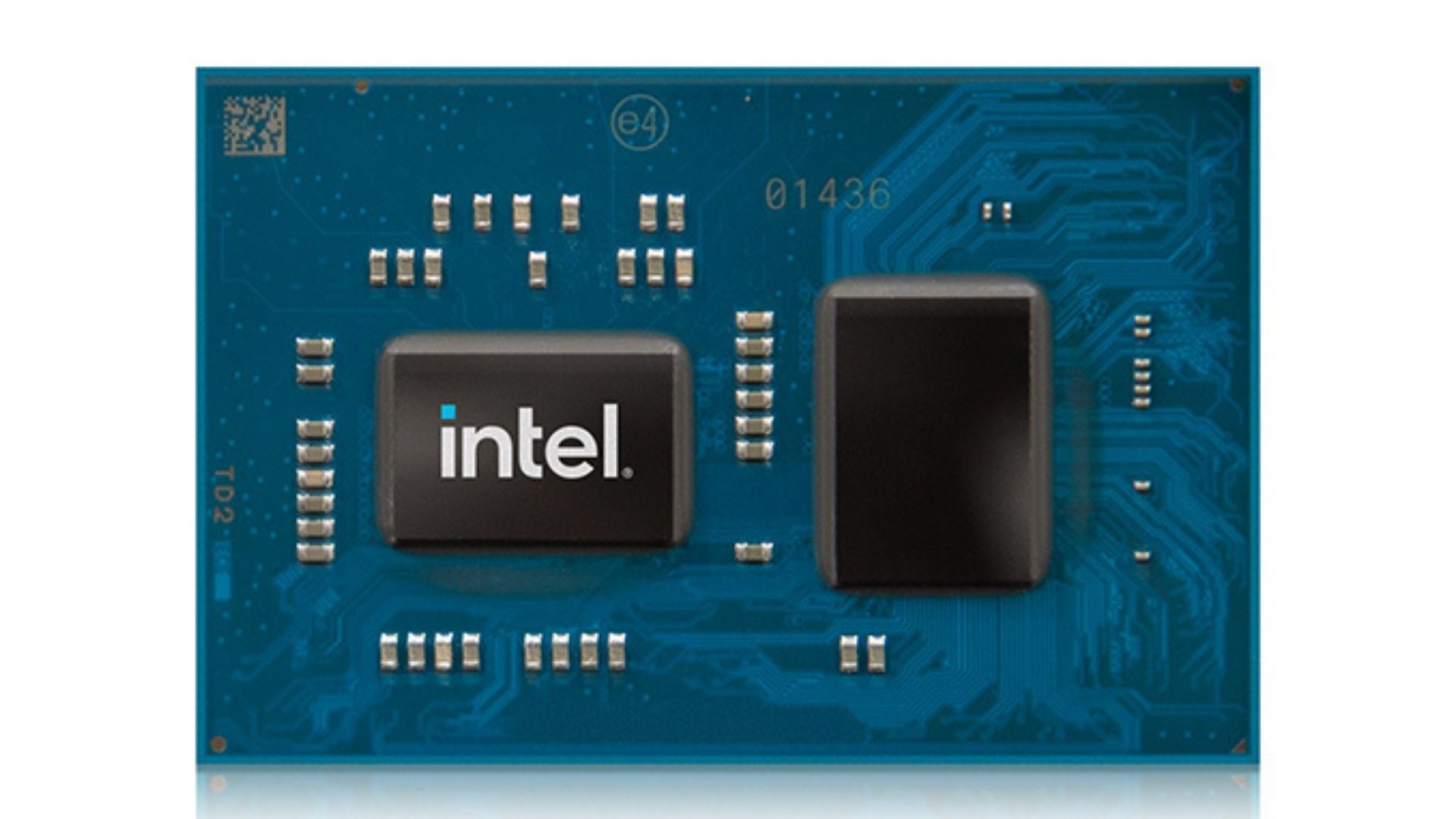There’s a plan for relief, but it’s going to take time…
If you’ve gone shopping for a new car lately, it’s likely you ran into supply issues. While the shortages haven’t affected certainly models from different brands as much as others, the robust stock we used to see clogging dealership lots month after month is no more. Triggered by the constricted supply of computer chips flowing out of Asia, the problem we were told by experts would be improving by now only seems to be worsening.
The car chip shortage is worse than we were initially told. Learn more here.
Now the experts are being less optimistic in their outlook. Many are predicting it won’t be until sometime in 2023 that new car production returns to normal. Considering how wrong they’ve been so far, there’s no telling if that’s an educated guess or not.

What this means for the average person is that the price of new cars will continue to remain high. After all, when dealers don’t have much stock, they don’t have incentive to wheel and deal as much. Back in July, Kelley Blue Book says the average transaction price for a new vehicle was a shocking $42,736.
That, in turn, means some people go for used cars instead, which has led to high prices. In some cases, used vehicles cost even more than they did when new, showing just how backwards everything has become with the chip shortage.
Automakers are hurting as they slash production. We’ve covered how Ford and GM have idled and scaled back assembly lines recently. Even Toyota, which previous sidestepped the problem, has been forced to trim back production in North America by a whopping 40 percent.

This has had an effect on the cost of collector cars, since everything in the market is connected. Some enthusiasts are dismayed the ride which was right in their financial reach a year ago is now far too expensive. Others are weighing selling their beloved car and cashing in on the runaway market, or holding out for prices to push even higher.
There are plans to ramp up semiconductor chip production in North America to combat this problem. Specifically, Intel is spending $20 billion on plants located in Arizona. The move would help the company be more competitive against TSMC of Taiwan and Samsung Electronics of South Korea. There are hopes this will stabilize the supply, but the facilities won’t be up and running until 2023.






